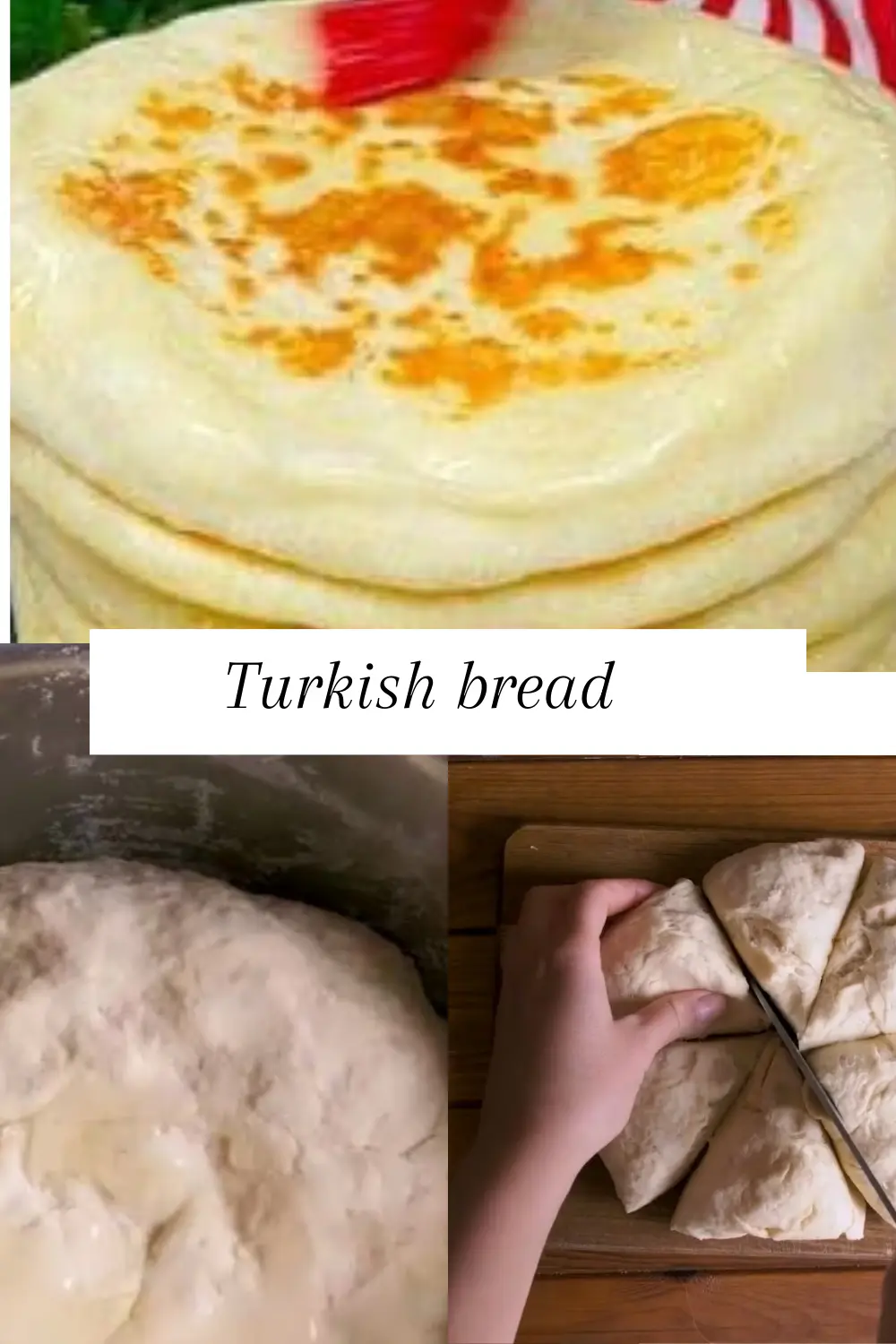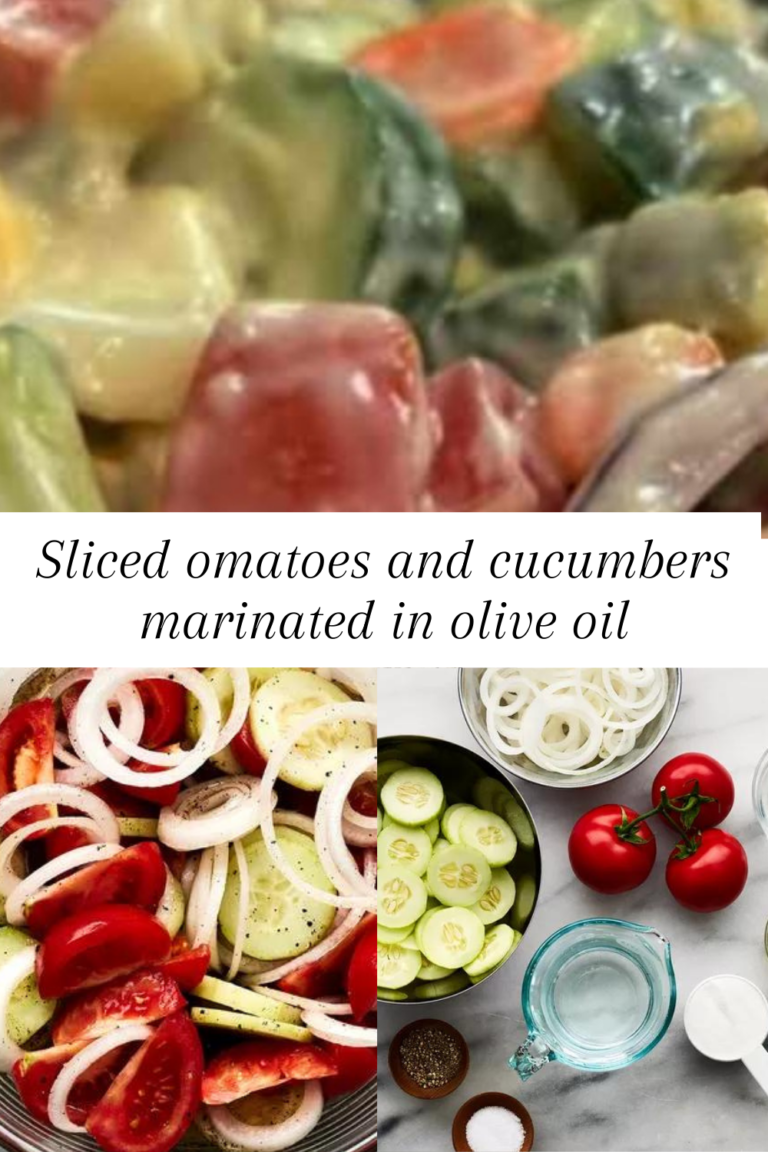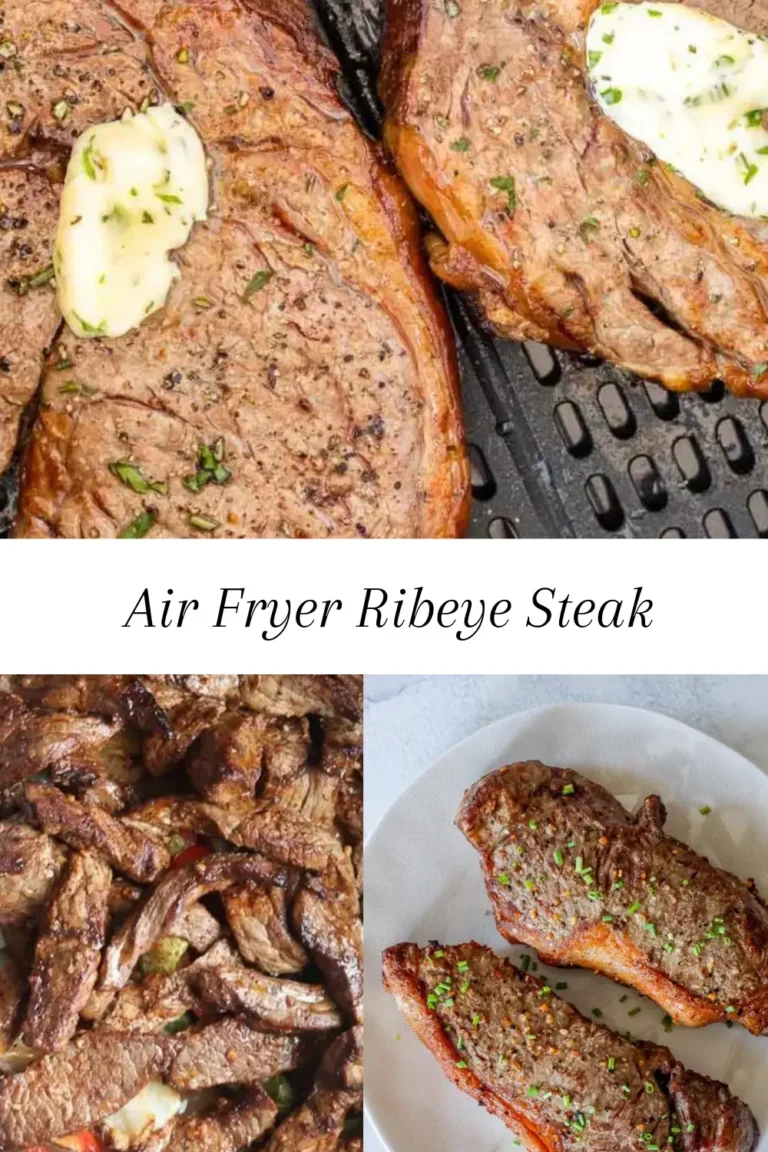Turkish bread
Turkish bread, commonly known as ‘ekmek,’ is a cornerstone of Turkish cuisine and culture. Its significance goes beyond mere sustenance; it embodies a rich tapestry of history and tradition that has been woven over centuries. The origins of Turkish bread can be traced back to ancient Anatolia, where early civilizations like the Hittites and Phrygians cultivated wheat and developed rudimentary forms of bread. These early iterations laid the groundwork for the diverse array of Turkish bread we see today, from the soft, pillowy pide to the crusty, flavorful simit.
Throughout history, bread has held a special place in Turkish society. It is considered a sacred gift, often symbolizing life and hospitality. In many Turkish households, offering bread to a guest is a gesture of welcome and respect. This deep-rooted cultural practice underscores the importance of bread in daily life. Anecdotes abound about Turkish families rising before dawn to bake fresh bread, filling their homes with its comforting aroma. Such rituals are not merely about sustenance but also about preserving a way of life and passing down traditions from one generation to another.
In Turkish society, bread is more than a dietary staple; it is a symbol of abundance and well-being. It is customary to say a prayer over bread before eating, acknowledging its importance and expressing gratitude. The reverence for bread is also evident in Turkish proverbs and sayings, which often highlight its essential role in life. For instance, the phrase “Ekmek aslanın ağzında” (bread is in the lion’s mouth) signifies the hard work required to earn one’s livelihood.
More Than Just Flour and Water
The simplicity of Turkish bread’s ingredients belies the complexity and care required to transform them into a perfect loaf. At the heart of this process is the flour, which must be of high quality to achieve the desired texture. Turkish bakers often opt for finely milled, high-gluten flour, which provides the elasticity needed for the bread to rise and develop its characteristic airy structure.
Sugar is not just a sweetener in this context; it plays a pivotal role in activating the yeast. A small amount of sugar feeds the yeast, kickstarting the fermentation process that produces the carbon dioxide bubbles essential for the bread’s light and fluffy interior. Without this critical ingredient, the yeast would remain dormant, and the dough would be dense and heavy.
Yeast itself is another cornerstone of Turkish bread. Fresh yeast is traditionally preferred for its robust rising capabilities and subtle flavor, though active dry yeast can also be used with careful attention to activation procedures. The yeast’s role is not just to leaven the bread but also to contribute to its unique taste and aroma.
Salt is indispensable, balancing the flavors and enhancing the overall taste of the bread. It also strengthens the gluten network within the dough, contributing to the bread’s chewy texture. However, too much salt can inhibit yeast activity, so precise measurement is crucial.
Water, often underestimated, needs to be just right in temperature—lukewarm—to effectively activate the yeast without killing it. The water’s purity can also affect the final product, so many Turkish bakers use filtered water to avoid any unwanted minerals or chemicals.
Olive oil is the final touch, adding a richness and depth of flavor that sets Turkish bread apart from other types. Extra virgin olive oil is commonly used for its superior taste and health benefits. It also helps to create a tender crumb and a slightly crispy crust, making each bite of Turkish bread a delightful experience.
Crafting the Foundation of Turkish Bread
The process of making Turkish bread begins with the careful crafting of the dough, a fundamental step that sets the stage for the final product. The journey starts with the simple act of mixing flour, water, yeast, and salt. As these basic ingredients come together, they form a sticky, somewhat unmanageable mass. This is where the magic of Turkish bread dough begins to unfold.
As you sink your hands into the dough, you’ll immediately feel its cool, slightly tacky texture. The kneading process is both tactile and meditative. With each push and fold, the dough begins to transform, becoming smoother and more elastic. The sensation under your hands shifts from rough and uneven to silky and supple. This transformation is not just a physical change but also a sensory experience, connecting the baker to generations of bread-makers who have felt the same transitions.
Family members often gather in the kitchen to participate in this age-old tradition. Grandparents teach their grandchildren the precise techniques of kneading, ensuring that the knowledge is passed down through the generations. These moments are filled with stories and laughter, as the rhythmic motions of kneading become a backdrop to familial bonding. The dough’s slow but steady rise is a testament to the patience and care invested in it.
As the dough rests and rises, it swells with air, becoming light and airy. This is a crucial stage, as the integrity of the rise determines the texture of the final bread. Watching the dough double in size is immensely satisfying, a visual confirmation of the baker’s skill and dedication. The tactile, sensory, and communal aspects of crafting Turkish bread dough make it a deeply enriching experience, one that resonates with tradition and taste.
From Dough to Deliciously Golden Bread
Baking Turkish bread is an art that demands both patience and precision. As the dough transitions from a pliable mass to a golden loaf, each step is crucial in achieving an authentic, flavorful result. After kneading and allowing the dough to rise initially, it must be carefully shaped to ensure an even bake. This shaping process involves gently stretching and flattening the dough, often forming it into an oval or round shape, depending on the desired style of Turkish bread.
Allowing the dough to rise a second time is essential. This secondary fermentation contributes to the bread’s airy texture and depth of flavor. The dough should be left in a warm, draft-free environment until it has almost doubled in size. This patience will be rewarded by the bread’s characteristic lightness and delicate crumb.
Preheating the oven is another critical step. An oven temperature of around 475°F (245°C) is typically recommended for baking Turkish bread. Using a pizza stone can significantly enhance the baking process. The stone retains and evenly distributes heat, which helps in achieving a perfect, crispy crust. Placing the dough on a hot pizza stone mimics the traditional stone ovens used in Turkish baking, resulting in a beautifully browned and crisp exterior.
Toppings like sesame or nigella seeds are often sprinkled atop the dough before baking. These seeds not only add a delightful crunch but also infuse the bread with a subtle, nutty flavor. Whether you opt for the classic simplicity of sesame seeds or the slightly peppery taste of nigella seeds, these additions can elevate the bread’s flavor profile.
Instructions:
1. Activate the Yeast
In a small bowl, combine warm water and sugar. Stir until the sugar is dissolved.
Sprinkle the yeast over the water and let it sit for about 5-10 minutes until it becomes frothy.
2. Make the Dough
In a large mixing bowl, combine the flour and salt.
Make a well in the center and pour in the activated yeast mixture and olive oil.
Mix until the dough comes together.
3. Knead the Dough
Turn the dough onto a floured surface and knead for about 8-10 minutes until it becomes smooth and elastic. Add more flour if needed to prevent sticking.
4. First Rise
Place the dough in a lightly oiled bowl, cover it with a damp cloth, and let it rise in a warm place for about 1-2 hours or until it doubles in size.
5. Preheat the Oven
Preheat your oven to 450°F (230°C). If you have a pizza stone, place it in the oven to heat.
6. Shape the Dough
Punch down the risen dough and divide it into two equal portions.
Roll each portion into an oval or rectangular shape, about 1/2 inch thick.
7. Second Rise
Place the shaped dough on a baking sheet or a hot pizza stone.
Let it rise for about 15-20 minutes.
8. Topping (Optional)
Brush the top of the dough with olive oil and sprinkle sesame seeds or nigella seeds.
9. Bake
Bake in the preheated oven for about 15-20 minutes or until the bread is golden brown and cooked through.








Where is the actual recipe ie: measurements of ingredients
Hi Can I have the ingredient amounts please
I can go on Pinterest and find measurements for this recipe you’re kidding me? Also, way too any adds and makes it impossible to even read!